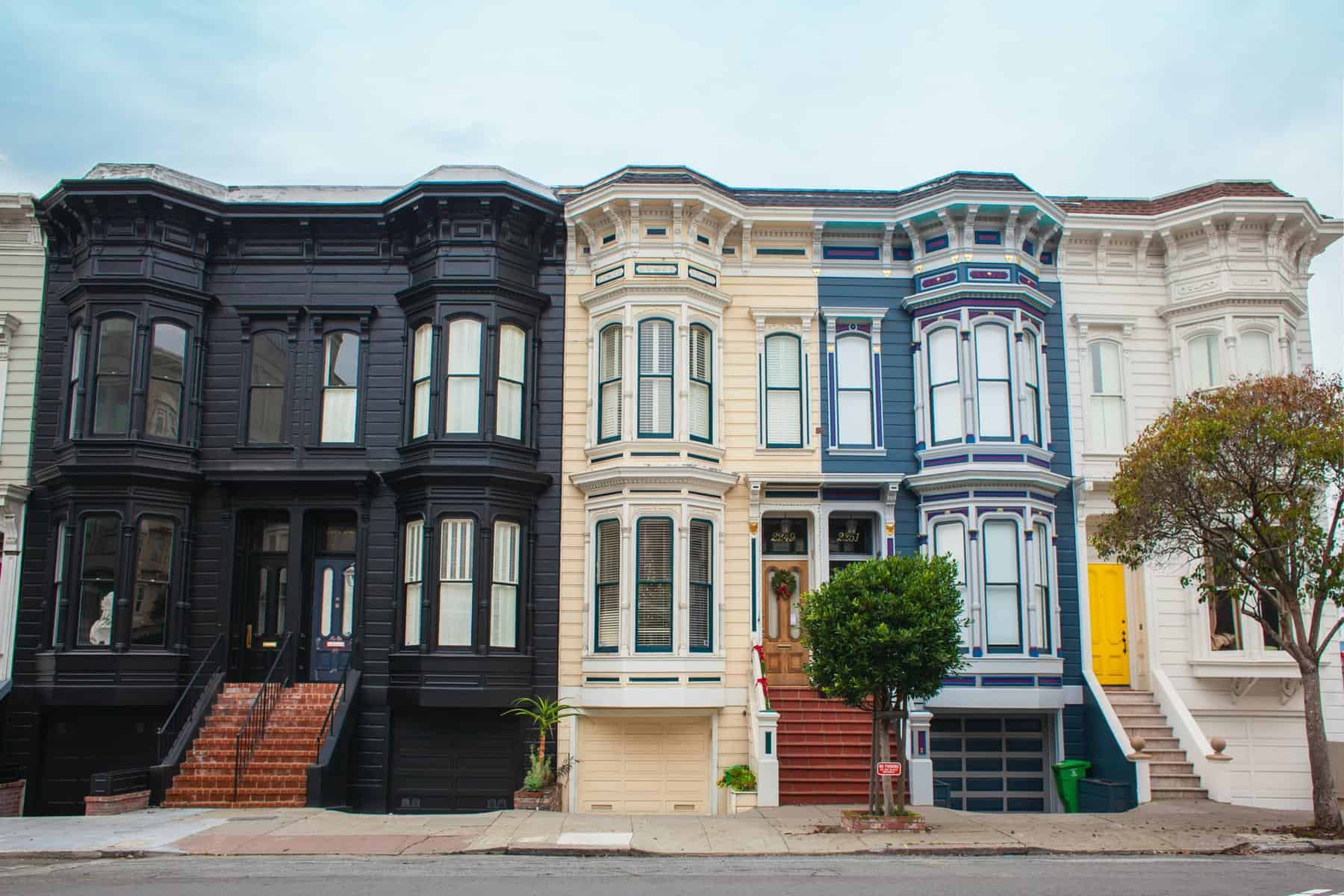What Does a Leasehold Property Mean?
August 23, 2022
When it comes to real estate, most people are familiar with buying a house or renting a property as a way of providing housing for themselves. However, there is another way to get into real estate and that’s through leasehold property. So, what is a leasehold property? In this blog post, we go through what a leasehold property is and the different types out there.
What is a Leasehold Property?
A leasehold property contract is an agreement between two parties where one party agrees to let the other temporarily own their land or property for a set amount of time. A lease is defined as a written or implied agreement that allows the lessee to use the owner’s property for a specified length of time while the owner receives consistent payments over the period. Leasehold properties may sound similar to what we know in America as leases but there are some fundamental differences.
The main difference between the two is the duration of the contracts. A lease typically has a duration of a year, 6 months, or a single month before it expires. A leasehold property typically has a duration of 20 to 99 years before it expires. Commercial properties are known to use leaseholds in America more than residential ones. Leaseholders also give the lessee more freedom when it comes to renovations and improvements compared to leases. However, contracts and the terms included can vary.
What is a Freehold Property?
A freehold is a property that is owned outright by an individual with no contractual obligations to another party. In other words, the owner of a freehold property has full, unconditional ownership of the property and land. Compare this to a leasehold property where the owner only has temporary and conditional ownership of the property. Houses in the US are commonly sold similarly to freehold properties. After the homeowners pay off the mortgage, they get full ownership of the property and the land.
Types of Leaseholds
Leasehold contracts come in many forms for many different circumstances. Even though leaseholds generally are used for commercial purposes, there are still a variety of leasehold types.
Periodic Tenancy
A periodic tenancy is a contract that allows a tenant to use a property for an unspecified period of time. Initially, the terms of the contract are specified for a period of time but after that time, the contract continues until the tenant or owner gives the notice to end the contract. For example, a lease for a year with a periodic tenancy would continue on a month-to-month basis after the first year and as long as neither party gives notice to end the contract.
Tenancy For Years
A tenancy for years, on the other hand, has specified details in the contract. The duration of time, start date, and end date are all spelled out in the contract. After the contract period ends, the owner or renter may choose to renew the contract but it is not expected to be automatic like a periodic tenancy. The payments for the contract is also specified in the contract and is usually monthly.
Tenancy at Sufferance
A tenancy at sufferance is when a renter remains in a property after their contract has ended, against the owner’s wishes. The owner can begin eviction proceedings if they want the tenant to leave. However, if the owner accepts a rent payment after the lease has expired, the property is considered to be an active lease again on a month-to-month basis.
Tenancy at Will
A tenancy at will is an agreement that allows a tenant to use an owner’s property for an unspecified period of time. The contract can be ended by either party at any time with no specific notice period. The contract can be written or verbal and there are no specifics about the duration of the agreement. Payment is also unspecified in the contract. These contracts are governed by state and local laws which means the terms that are required in the contract vary.
Leasehold Examples
Brick and Mortar stores like Best Buy usually use leasehold contracts to use commercial properties. Best Buy operates under a leasehold agreement in most of its stores. They use leasehold improvements, terms in a leasehold contract granting the lessee the right to make limited changes, to make the building look like their brand of the store. For example, adding their colors, signs, and product displays.
Summing It Up
Leasehold properties have more benefits for the commercial industry in America than residential. Owning a house allows the owner to have full and unconditional ownership of the property while a leasehold owner only has temporary and conditional ownership. Residential leaseholds aren’t common in America but in some places like Hawaii with condos or the UK with flats, it’s a more popular option.

